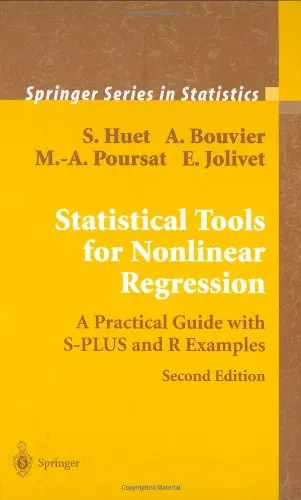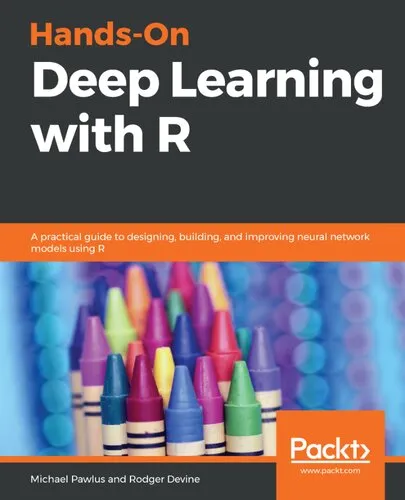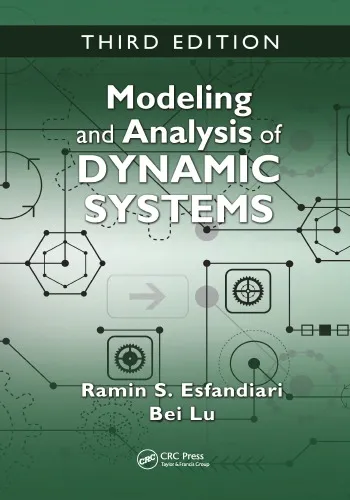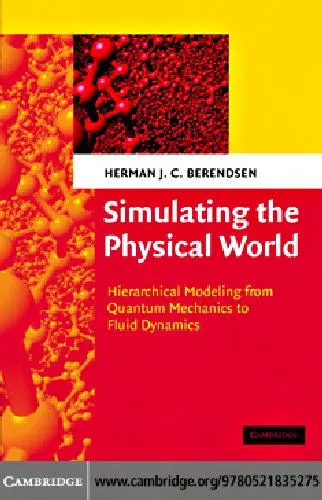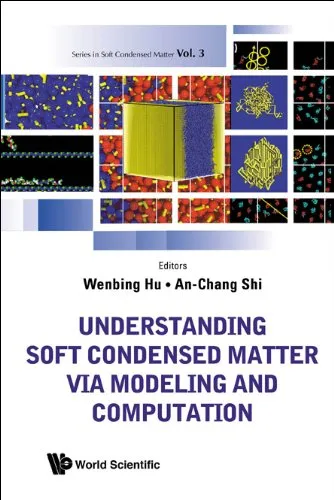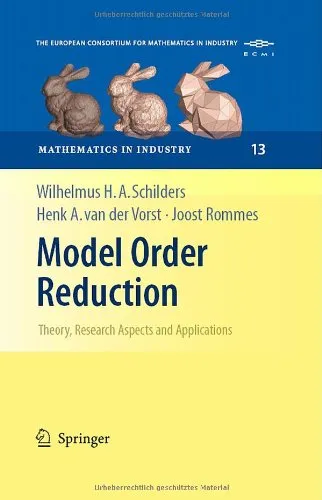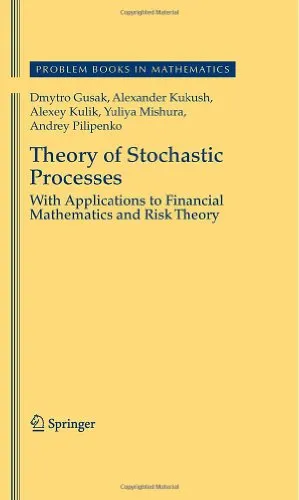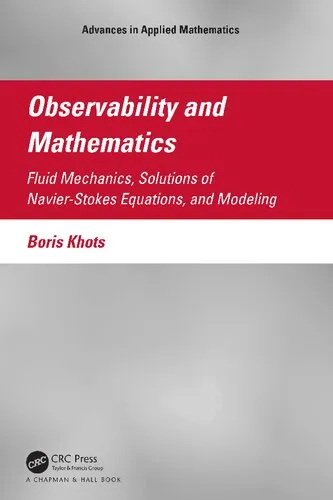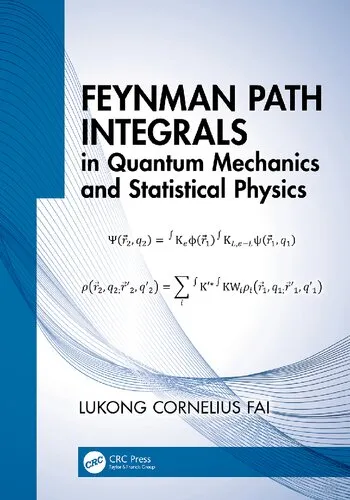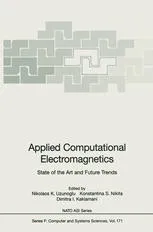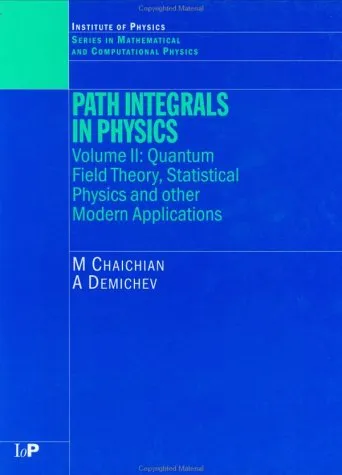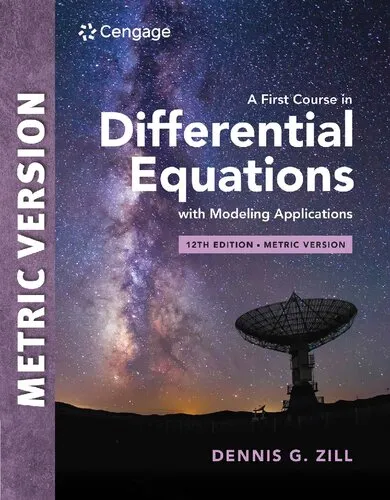Statistical Physics and Spatial Statistics: The Art of Analyzing and Modeling Spatial Structures and Pattern Formation
4.5
Reviews from our users

You Can Ask your questions from this book's AI after Login
Each download or ask from book AI costs 2 points. To earn more free points, please visit the Points Guide Page and complete some valuable actions.Related Refrences:
Introduction to "Statistical Physics and Spatial Statistics: The Art of Analyzing and Modeling Spatial Structures and Pattern Formation"
"Statistical Physics and Spatial Statistics" is a comprehensive volume that bridges the fields of physics, mathematics, and applied sciences. This remarkable book, edited by Klaus R. Mecke and Dietrich Stoyan, delves into the powerful interdisciplinary field of spatial statistics, offering insights on how spatial patterns form, evolve, and can be quantified in a variety of natural and artificial systems. The book provides readers with innovative tools and methodologies to model phenomena rooted in spatial structures, ranging from natural biological formations to manufactured materials and urban spatial designs.
With contributions from various leading experts, this book is not just a scholarly collection of knowledge on statistical and physical principles. It is also a practical guide for scientists, researchers, and data analysts eager to apply spatial statistical theories to their own disciplines. Each chapter offers in-depth knowledge of cutting-edge techniques, including both theoretical frameworks and real-world applications. If you're interested in fields like condensed matter physics, ecology, computer science, or material science, this book is a treasure trove of information that will enrich your understanding of spatial modeling and analysis.
Detailed Summary of the Book
"Statistical Physics and Spatial Statistics" is divided into well-structured chapters, each introducing a unique perspective on spatial structure and pattern dynamics. The text begins by laying a solid foundation of spatial statistics and physics principles, discussing how randomness, interactions, and underlying rules contribute to the emergence of spatial patterns.
Topics include advanced statistical mechanics, mathematical morphology, and computational methods for spatial analysis. Readers will find sections covering everything from percolation theory to fractals and texture analysis, showcasing the elegance and complexity of analyzing spatial structures. Similarly, applications are explored across diverse fields like biological pattern formation (e.g., tissues, cell colonies), the physics behind granular materials, urban modeling, and even cosmology.
One of the unique features of the book is its emphasis on unifying statistical physics with spatial statistics—a convergence that enables precise analysis of phenomena occurring over a wide range of scales. The inclusion of examples, case studies, and detailed graphical illustrations further makes the material approachable, even for those new to these advanced fields.
Key Takeaways
- Gain a deep understanding of spatial pattern analysis through the lens of statistical physics and quantitative techniques.
- Discover how concepts like randomness, correlations, and emergent behavior shape spatial structures in nature and technology.
- Learn practical tools, such as stochastic geometry, fractal analysis, and percolation theoretical models, to enhance your research or industrial applications.
- Experience interdisciplinary applications across physics, biology, material science, and even urban planning.
- Understand the role computational and numerical techniques play in simulating spatial phenomena.
Famous Quotes from the Book
The book is filled with thought-provoking quotes bridging the theoretical concepts and real-world applications of spatial structure analysis. Here are a few notable examples:
"Spatial structures surround us—from galaxies to grains of sand—yet understanding their origins and behaviors requires the union of science, mathematics, and imagination."
"Patterns do not just emerge; they are the visible imprints of underlying rules, interactions, and randomness."
"Statistical physics and spatial statistics illuminate the hidden order within seemingly chaotic systems, unveiling the interconnectedness of phenomena."
Why This Book Matters
In the modern scientific panorama, where massive datasets and complex systems are omnipresent, the need for robust tools to analyze space-dependent structures has never been greater. This book offers such tools grounded in foundational principles of physics and advanced statistical methodologies.
By promoting an interdisciplinary approach, it helps scientists and practitioners from varied fields collaborate and draw insights from one another. It demystifies complex topics, offering both theoretical rigor and practical applications suitable for experts as well as beginners seeking to understand spatial phenomena. Whether you are analyzing ecological systems, urban developments, material designs, or cosmological formations, this book can serve as a definitive reference to understand and model patterns.
Beyond academia, the knowledge contained in this volume holds relevance for real-world problem-solving, including climate modeling, epidemiology, and image recognition. The union of mathematical elegance, physical reasoning, and versatile methods makes this book a landmark contribution that addresses the challenges of spatial analysis in the 21st century.
Free Direct Download
You Can Download this book after Login
Accessing books through legal platforms and public libraries not only supports the rights of authors and publishers but also contributes to the sustainability of reading culture. Before downloading, please take a moment to consider these options.
Find this book on other platforms:
WorldCat helps you find books in libraries worldwide.
See ratings, reviews, and discussions on Goodreads.
Find and buy rare or used books on AbeBooks.
1217
بازدید4.5
امتیاز0
نظر98%
رضایتReviews:
4.5
Based on 0 users review
Questions & Answers
Ask questions about this book or help others by answering
No questions yet. Be the first to ask!
